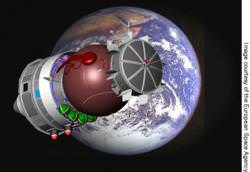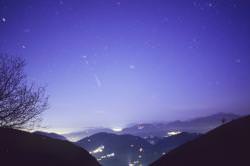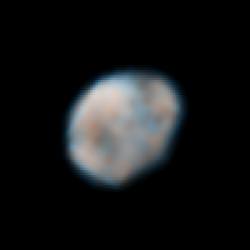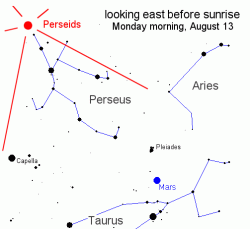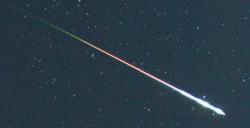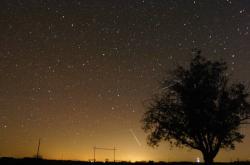One of most intriguing, and controversial, theories astrobiology is the concept of Panspermia. This idea proposes that life on Earth might have began on another planet, or maybe even out in interstellar space. Scientists have discovered just how hardy microbial life can be, surviving long journeys in the vacuum, cold, and radiation of space. Now an experiment has been devised to see how well microbes can withstand reentry through the Earth’s atmosphere.
The experiment, designed by Professor John Parnell from the University of Aberdeen, involves bolting a Scottish rock to the outside of an ESA research spacecraft. When the Foton M3 mission launches on Friday, September 14th, microbes in the rock will enjoy the acceleration of liftoff, 12 days of microgravity and vacuum, and then re-entry through the Earth’s atmosphere.
“The objective behind this is to look at the rock’s behaviour when it is exposed during re-entry through the Earth’s atmosphere – when temperatures are extreme. This will tell us something about the likelihood of life being transferred between planets on meteorites.
“The Orkney rock is a very robust material but it will be interesting to see if organic matter in the rock is robust enough to survive the harsh conditions endured during re-entering the Earth’s atmosphere.”
In theory, asteroid strikes in the past excavated material on other planets, hurling microbe-laden rocks into interplanetary space. The rocks would then act as lifeboats, carrying the microbes to other planets. More importantly, they should protect the bacteria as the rock plunges into the atmosphere.
This experiment will help discover if there’s anything to this idea. Bacteria might just be hardy enough to survive the complete journey from planet to planet.
Original Source:Univ. Of Aberdeen

